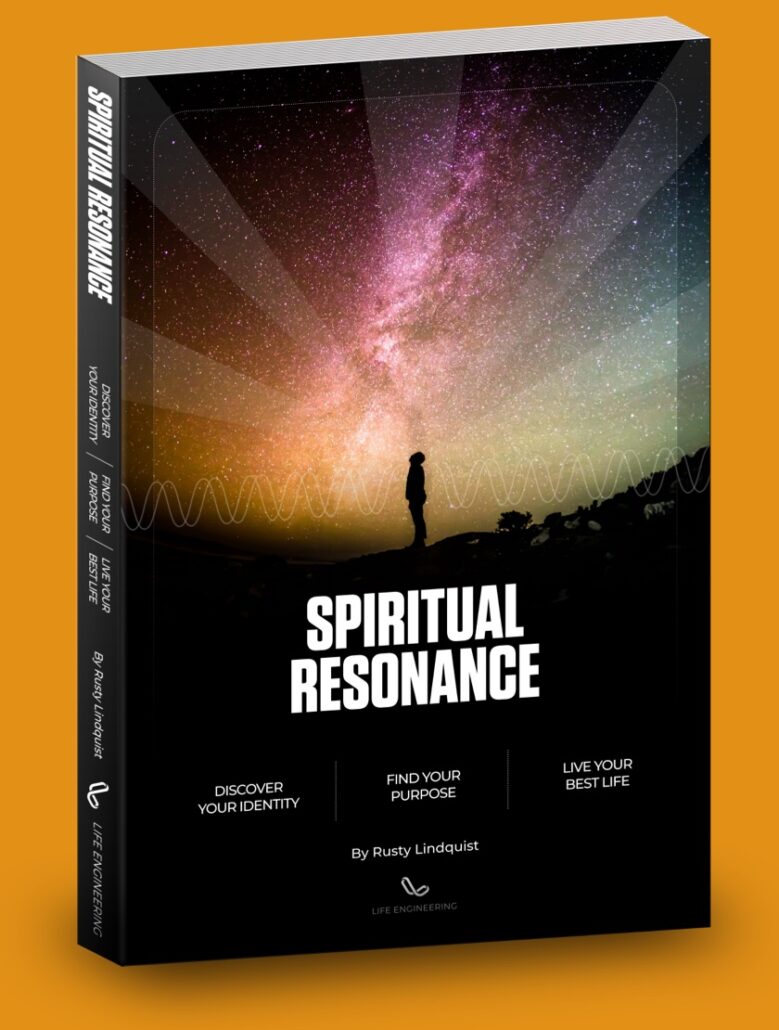Free Course: Alignment Staying on Course Free Course: Alignment From our 16 Elements series, and a part of the Act Pillar, Alignment …
THE PARETO PRINCIPLE - THE EASIEST WAY TO INCREASE PRODUCTIVITY
articles
The Pareto Principle is also known as the 80/20 rule, which states generally that in most events, 80% of the effects come from 20% of the causes.
The principle was named after the Italian economist Vilfredo Pareto. In 1906 he found that 80% of the land was held by 20% of the population, and that in his garden, 20% of the pea pods held 80% of the peas. From those relatively simple observations, he came to develop a well-known economic principle that dealt mostly with wealth distribution.
Since then, this principle has been observed nearly everywhere. Below is an illustration of this principle as it pertains to an individual.
Of course, as a life engineers, the value in this principle is that you can engineer your time to massively increase your production.
By paying close attention and diligently measuring your performance (see this post on measurement), you can begin to identify what that magical 20% actually is.
80% of the results is often enough for your purposes, and once you’ve reached that point of diminishing returns (that magical 20%), you shift your focus onto some other magical 20%. By doing this, you’re able to concentrate the whole of your time only on the most efficient tasks.
This is particularly valuable if you’re dealing with limited time and resources, either as an individual, a leader, a company, or even a family.
For instance, as a father I try to take each of my kids out on a date, one child a week, rotating through all six kids. They love that time together. It’s completely “our” time. Last week I took my 3-year-old up into the mountains with a bag of his favorite plastic dinosaurs and we tramped around in the mud, growling and talking in dinosaur voices. He absolutely loved it; and it created a memory. When we got home, it became clear that the part he remembered the most was about the first 20% of our date… walking hand in hand into the mountains and starting to play dinosaurs. He’s not likely to remember which dinosaur won or what feeble plot we created. But he’ll remember that we went.
Sometimes we make the mistake in thinking that if we don’t have time for the whole “100%,” we just shouldn’t do it, not realizing that almost all of the value is found in that first 20% investment.
In the end, the truth of the matter is that we’re all over-tasked. There’s far more to do than any of us can do. The key, therefore, is in finding that magical 20% in the various projects that matter most and distributing your time so that you at least invest that. If you do that, you’ll be getting 80% of the value anyway, and you’ll find yourself accomplishing far more.
-Rusty
Share this
with someone who might need it
keep reading
The turkey effect How to learn who you are and live your best life raising turkeys People often wonder “who am I?”; …
HOT HANDS HOW identity POWERS PEAK PERSONAL PERFORMANCE HOT HANDS There’s a well-known phenomenon in sports called “Hot Hands.” It’s the idea …
Know Thyself The Key to Unlocking Your Full Potential Know thyself Nestled deeply on the slopes of Mount Parnassus in Greece is …
Employee satisfaction is closely tied to performance. When satisfaction levels rise, productivity, customer service, and profits tend to rise too. Employee turnover slows down and it becomes easier to recruit new talent. See how your team, leadership, and shareholders can benefit from a company culture that emphasizes employee satisfaction.
If you want your customers to be happy, you need to think about employee satisfaction. When employees like their workplaces, they are more effective at their jobs and provide better customer service. Learn more about the link between the employee and customer experience and how to measure employee satisfaction.









Responses